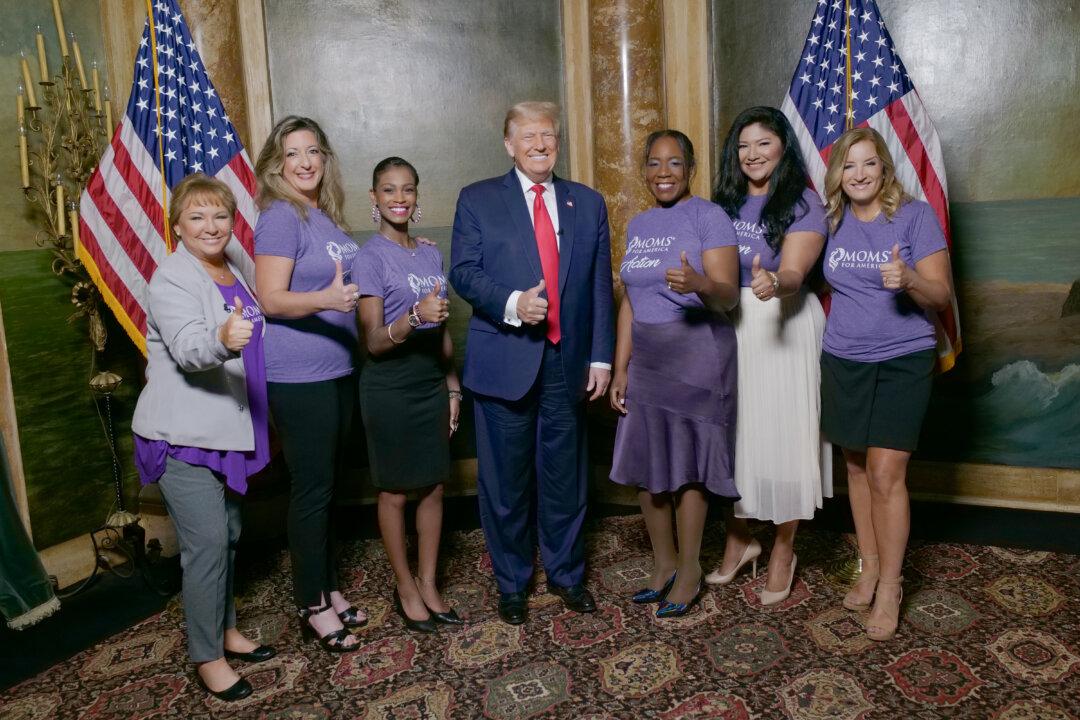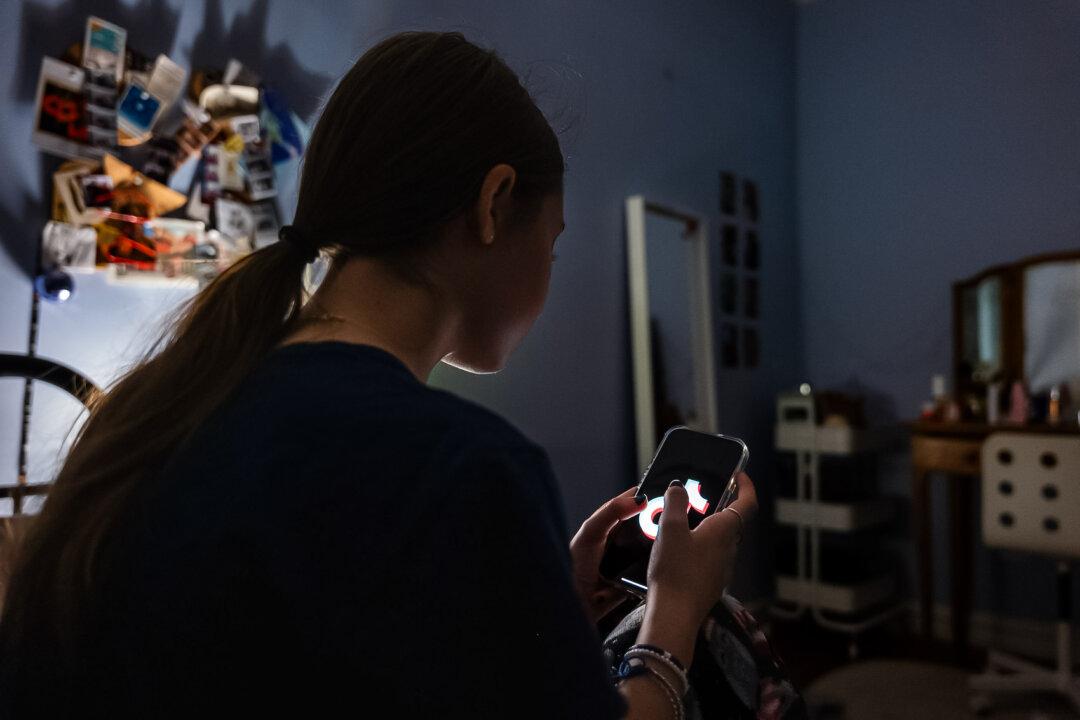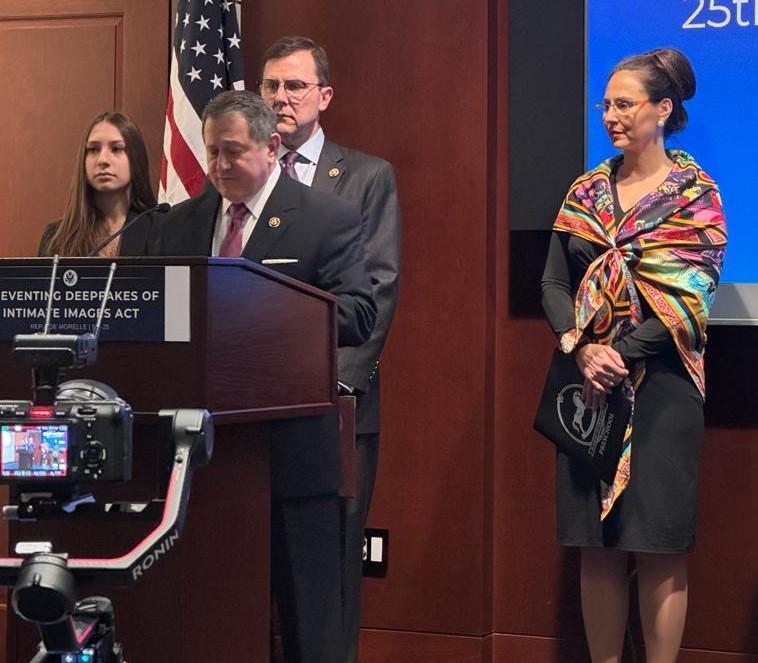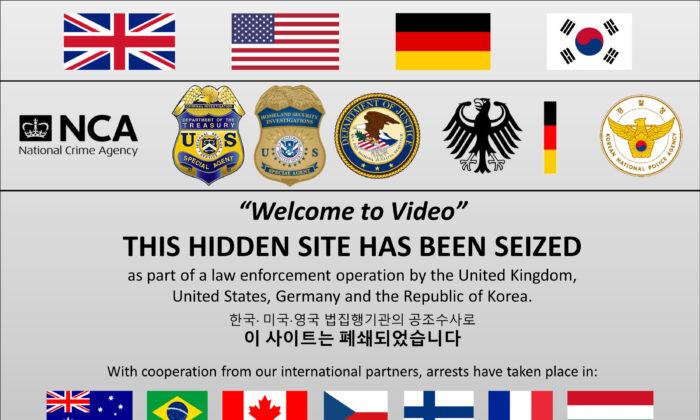The narrative often bandied about among the political pundit class—that conservatives and Republicans have a popularity problem with young people—may be on shaky ground.
A survey from an established research group shows that, on the whole, male high school seniors are leaning strongly conservative.
More specifically, it says that male 12th graders are almost twice as likely to identify as conservative than liberal.
The finding was released in the spring by Monitoring the Future (MTF), a federally funded project at Survey Research Center in the Institute for Social Research at the University of Michigan.
MTF is an ongoing study of the “behaviors, attitudes, values of Americans through adolescence through adulthood,” according to its website. It collects data and information every year from 50,000 8th, 10th, and 12th graders, and then tracks a subset of the individuals with follow-up every two years from age 19 through 30, and then every five years onward.
In 2022, MTF showed that 23 percent of 12th-grade males identified as conservative, compared with the 12 percent who described themselves as liberal.
And, yet, the largest group within the 2022 MTF survey was the more than two-fifths of respondents who, when asked if they were liberal or conservative, answered “none of the above.”
But as documented by MTF, the shift politically of 12th-grade boys to conservative has been dramatic over the 10-year stretch from 2012-2022. In 2012, 20 percent of 12th-grade boys identified as conservative, with that number growing to 22 percent four years later and to 26 percent by 2020, according to MTF.
Over the past couple years, those calling themselves conservative have dipped slightly, to 24 percent in 2021 and 23 percent in 2022.
Girls Go Left
MTF statistics also show that 12th-grade girls are moving sharply to the left. In 2014, 19 percent of girls who were seniors called themselves liberal. Twenty-six percent did so in 2018. The percentage jumped to 31 in 2021, and dipped to 30 percent in 2022. In June, Survey Center on American Life published an article with the headline, “Are Young Men Becoming Conservative.” The story cited a Gallup poll showing that the political preferences of young adult males (age 18-29) across a time span starting in 1999 and continuing through 2021, have demonstrated little change. The poll provided one percentage number—with a date of Jan. 1—for each year.
In 1999, 33 percent of young adult males identified as conservative; the number went to 36 percent in 2003 (the highest in the 22 years the Gallup poll tracked); it dropped to its lowest point of 26 percent in 2016. For 2022, the number was back up—at 31 percent.
Strong support for conservative views among young people and for political leaders who stand on a similar platform has precedent in America.
The youth of the nation were a large part of Ronald Reagan’s two landslide presidential election victories in 1980 and 1984, with the second tallying at 49 states for Mr. Reagan. Only Minnesota, the home state of his opponent, former Vice President Walter Mondale, thwarted a sweep.
During Mr. Reagan’s two terms, the country saw a remarkable shift of political loyalties. The New York Times/CBS News polls taken during the closing days of 1980, 1984, and 1988 presidential elections revealed that transformation showing that in 1980, among voters 30 and under, the Democrats held a 2-to-1 advantage.
When George H W. Bush won the presidency in 1988, the parties’ support from young people was just about even.
The Associated Press contributed to the report.





